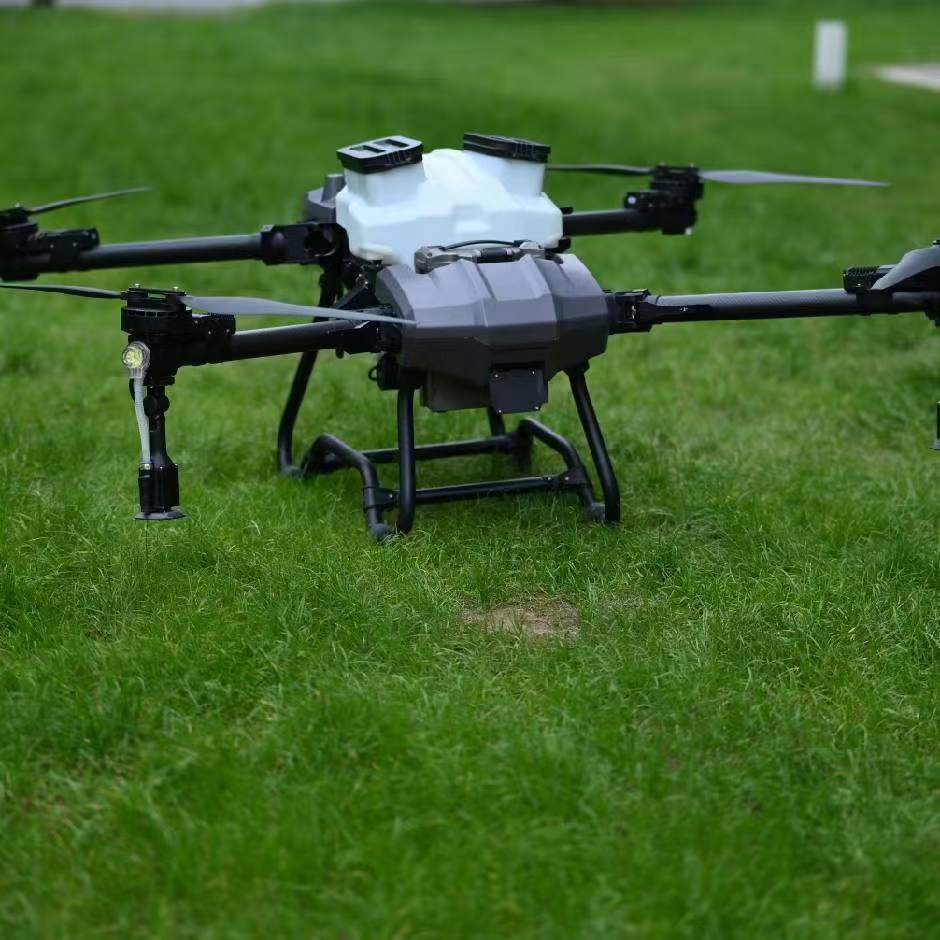
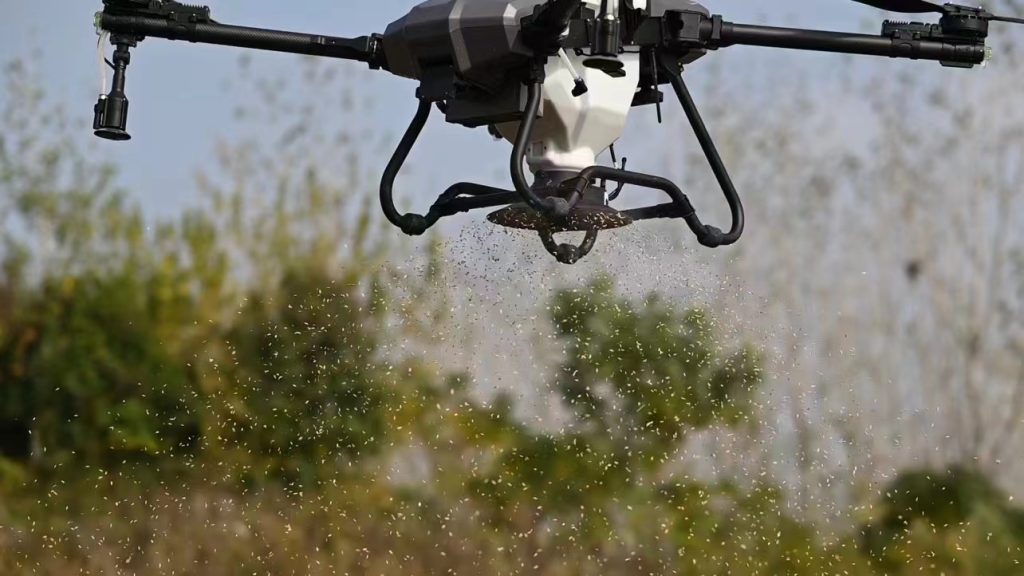
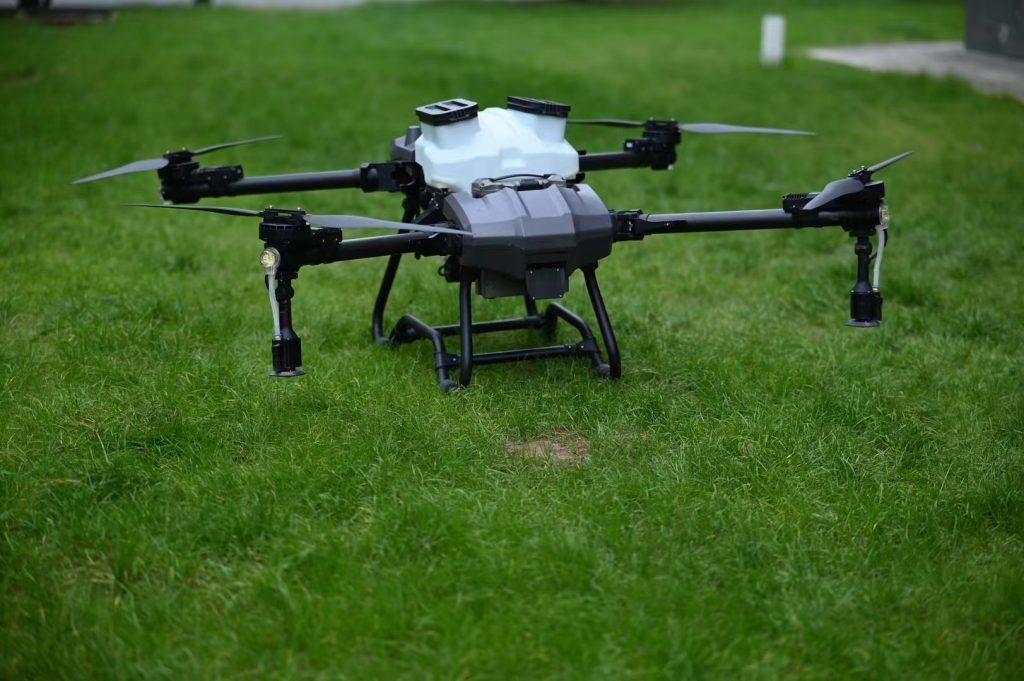
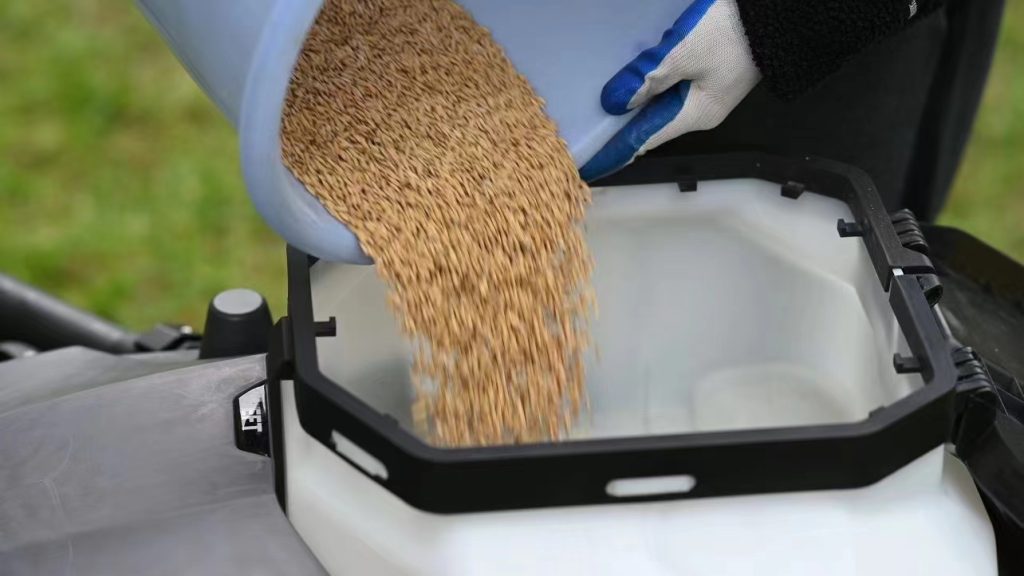
In today’s fast-evolving agricultural landscape, crop spraying drones are revolutionizing the way farmers care for their fields. These advanced aerial machines are offering faster, safer, and more efficient solutions to apply pesticides, herbicides, and fertilizers across a wide variety of crops.
What is a Crop Spraying Drone?
A crop spraying drone is a type of unmanned aerial vehicle (UAV) designed specifically for agricultural spraying tasks. It is equipped with a tank, pump, nozzles, and a flight control system that allows the drone to fly over fields and spray crops evenly and precisely. Using GPS guidance and terrain sensors, these drones deliver chemicals directly to the plant canopy, reducing drift and chemical waste.
Advantages of Using Crop Spraying Drones
1. Precision and Uniformity
Crop spraying drones can fly at low altitudes and maintain a fixed spray width, ensuring uniform coverage across the entire field. Advanced models adjust spray volume in real time based on crop density or terrain.
2. Time-Saving
Compared to traditional tractor spraying or manual labor, drones can cover large areas in a short time. For small and medium-sized farms, this means quick turnaround during critical spraying windows.
3. Reduced Chemical Use
By targeting only the needed areas with accurate dosing, drones help minimize chemical waste. This not only lowers input costs but also reduces the environmental impact.
4. Improved Safety
Operators remain at a distance during spraying, avoiding direct contact with hazardous chemicals. This is especially valuable in hilly or muddy terrain, where ground machinery is difficult or dangerous to operate.
5. Lower Labor Costs
As fewer personnel are needed for operation, drones reduce dependence on large field crews. One trained operator can manage multiple spraying missions in a day.
Main Features to Consider
| Feature | Description |
|---|---|
| Tank Capacity | Varies by model (5–30 liters), affects spraying time and refilling frequency |
| Flight Time | Longer flight time increases operational efficiency |
| Spray Width | Typically 4–8 meters, adjustable depending on altitude and nozzle type |
| Obstacle Avoidance | Ensures safety during autonomous flight |
| Terrain Following Radar | Maintains constant height above uneven fields |
| Auto Route Planning | Allows for pre-set flight missions via mobile apps or tablets |
Typical Use Cases
- Rice, corn, wheat, and soybean spraying
- Fruit orchard pest control
- Greenhouse or open-field foliar fertilizer application
- Weed control in pasture or plantation areas
Future of Crop Spraying with Drones
As artificial intelligence and drone automation improve, crop spraying drones will become smarter and more autonomous. Integration with satellite imagery, crop health sensors, and AI decision engines will allow drones to spray only where needed and in the right amounts — turning precision agriculture into a mainstream reality.
Conclusion
Crop spraying drones are redefining how agriculture is practiced. They bring speed, safety, and precision to tasks that were once time-consuming and hazardous. With continued innovation and broader adoption, these drones are poised to become an indispensable tool in the modern farmer’s toolbox — not just a technological upgrade, but a smart, sustainable investment for the future of farming.

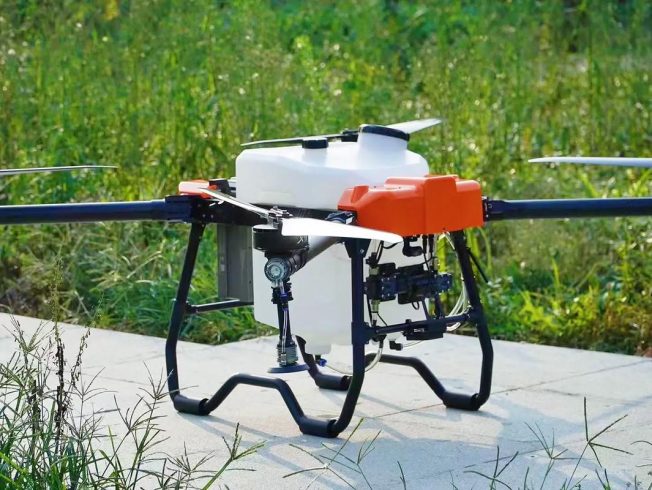
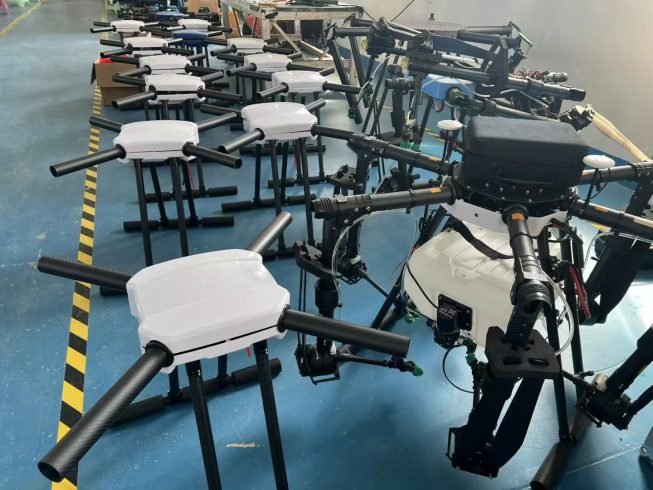
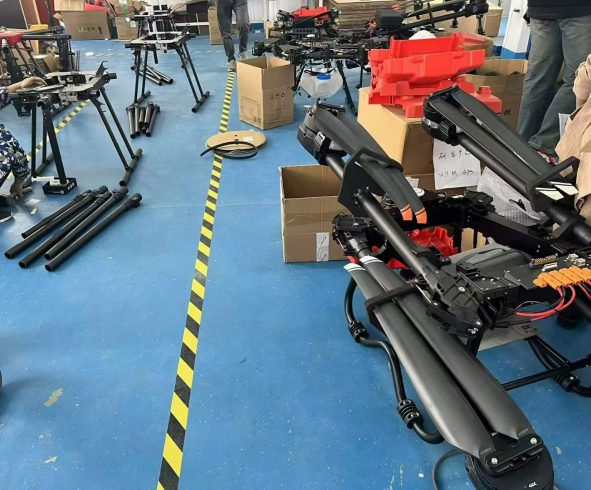
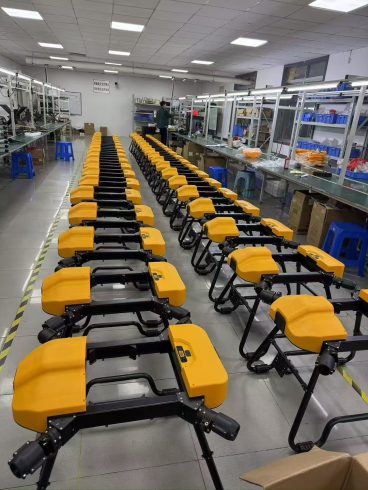

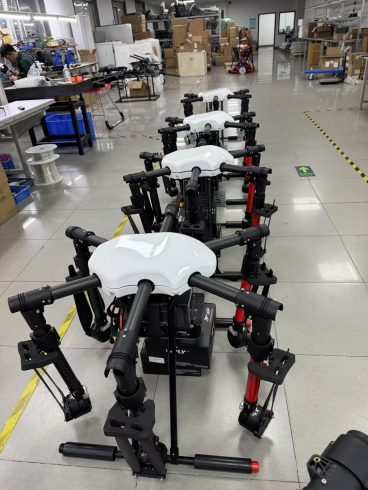
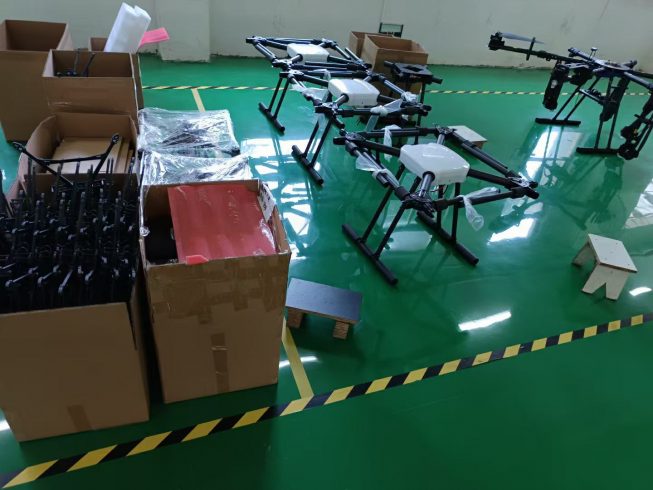
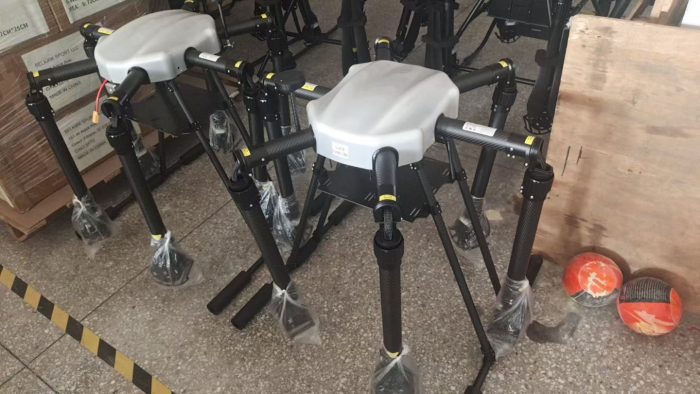
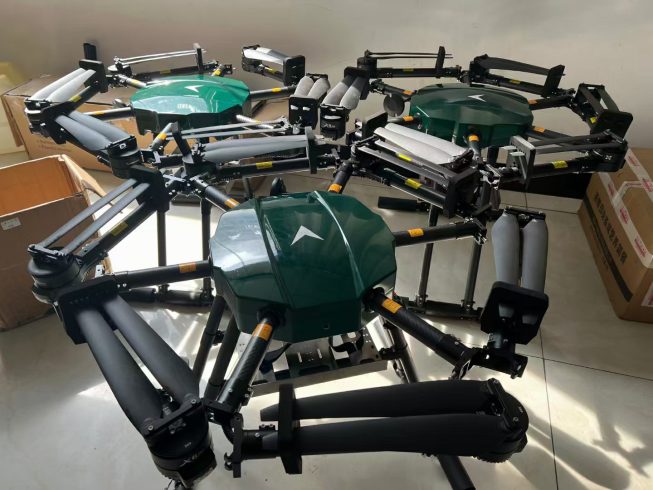
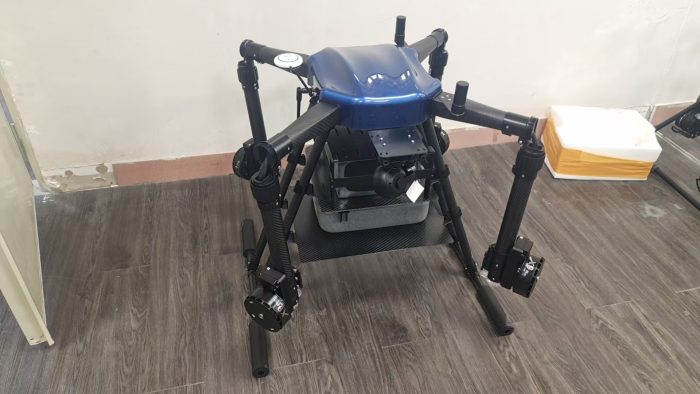

暂无评论内容